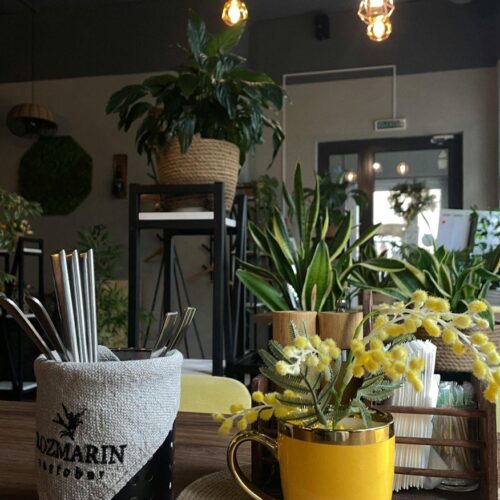The Evolution of Artificial Christmas Trees
For many people, decorating a Christmas tree is essential to the holiday season. However, using an artificial tree is a relatively new phenomenon. Artificial trees have been around since the early 20th century and were initially made of feathers dyed green to mimic the look of a real tree. Later, aluminum trees became popular in the 1950s, known for their space-age charm. However, with concerns about environmental impact and sustainability, artificial trees made of PVC and other plastics soon became the norm.
Today, China is the leading producer of these artificial trees, accounting for more than 80% of the global supply. Most of the artificial Christmas trees worldwide are made in China. This is due to the country’s vast manufacturing capabilities and low production costs, making it an ideal location for Christmas decoration production.
A Connection Between the Great Wall and Onigiri?
But what does China have to do with the tradition of Christmas trees? As it turns out, the origins of artificial trees can be traced back to the manufacturing of feather trees in Germany in the early 20th century. However, the shift towards mass production of artificial trees began in the United States, where technological advancements and competition between manufacturers contributed to the rise of PVC trees.
So why is China now the top producer of artificial trees? One reason is the country’s long history of manufacturing and exporting products worldwide. It has become proficient in producing a wide range of goods and has the necessary infrastructure to support large-scale manufacturing. Moreover, the availability of inexpensive labor and low production costs have also contributed to China’s dominance in the market.
Interestingly, the tradition of Christmas trees has little to do with China’s culture and customs. However, the history of the Great Wall can provide some insight into the country’s approach to manufacturing. The Great Wall of China, a UNESCO World Heritage Site, is known for being the longest wall in the world and is composed mainly of brick, tamped earth, stone, and other materials. The construction of the Great Wall is a testament to China’s unparalleled ability to build complex and large-scale structures. Similarly, China’s production of artificial trees demonstrates its skill in creating mass-produced goods globally.
Onigiri, a Japanese rice ball snack, might seem like an unlikely connection to China’s artificial trees. However, onigiri can provide some insight into the country’s approach to manufacturing. Onigiri is a popular snack in Japan that consists of a ball of rice wrapped in seaweed or other ingredients. The snack is often massively prepared and sold in convenience stores and supermarkets throughout Japan. Similarly, China’s manufacturing capabilities allow it to produce large quantities of artificial trees to meet the global market’s demand.
In conclusion, China’s dominance in producing artificial Christmas trees results from its vast manufacturing capabilities, long history of exporting goods, and low production costs. This tradition also demonstrates China’s ability to create mass-produced goods globally. While the country’s manufacturing practices might seem unrelated to the tradition of Christmas, the history of the Great Wall and the snack onigiri provide some interesting connections and insights into China’s large-scale approach to manufacturing.



